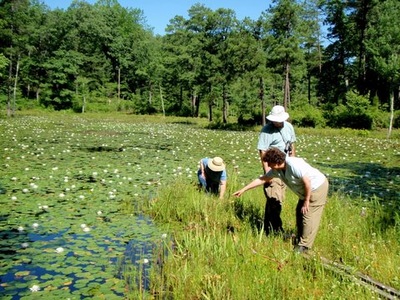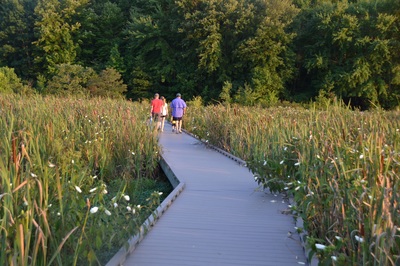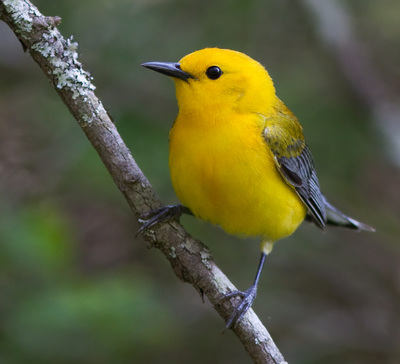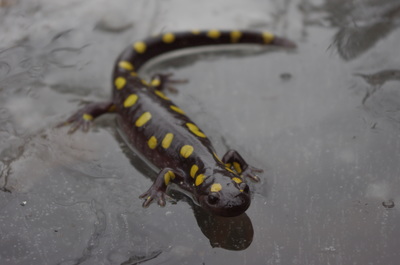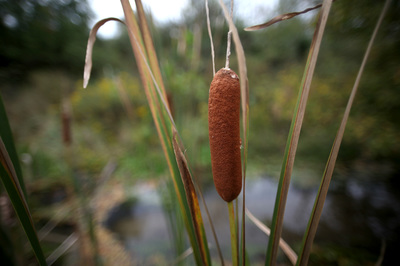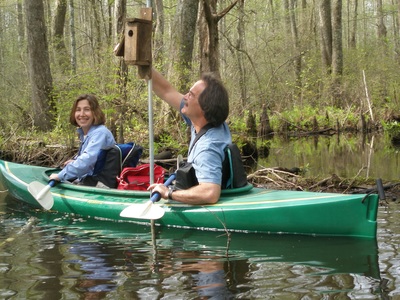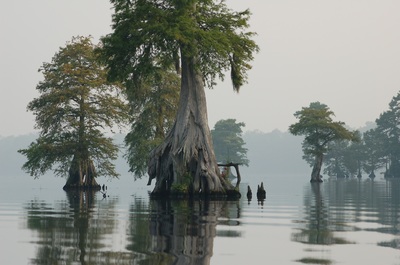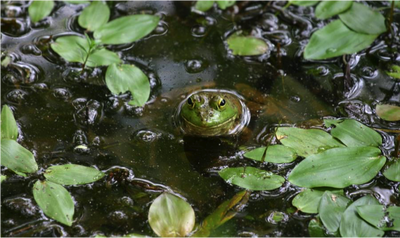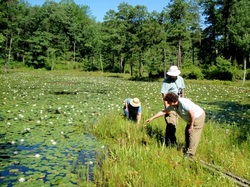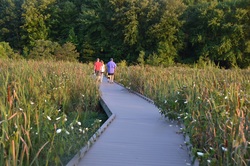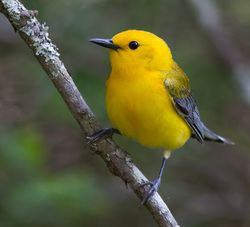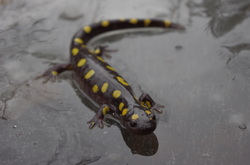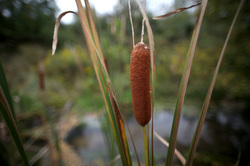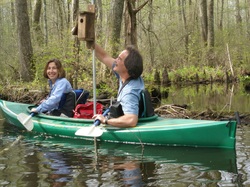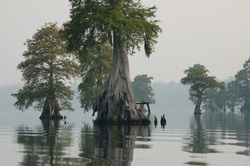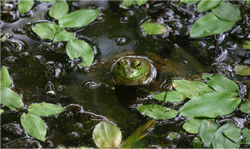Virginia Master Naturalist Basic Training Curriculum
Wetlands Ecology and Management
THIS PAGE IS UNDER CONSTRUCTION

This page contains numerous curriculum resources that may be used flexibly by Virginia Master Naturalist chapters and trainees to meet their learning needs. These resources also are available to other volunteer programs and the public for their use, but please note that watching or reading these materials cannot substitute for enrolling in and completing a basic training course with a VMN chapter in order to become a Virginia Master Naturalist volunteer.
Thank you to the numerous people who contributed to the creation of these materials, including NEW LIST HERE. Michelle Prysby, VMN Special Projects Coordinator, served as the lead author and project coordinator. Funding for the development of the Wetlands Ecology and Management curriculum was provided by a grant from the Virginia Environmental Endowment. |
Give us your feedback on these curriculum materials!
|
Learning Objectives
|
Introductory VideosWhat: Short videos to introduce volunteers to the topic of Wetlands Ecology and Management.
Possible uses:
Coming soon: An interview with Anne Wright about vernal pools
|
Background ReadingsMost Recommended Readings
Note that book publisher websites are provided, but often these books are available from other sources at varying prices.
Wetlands Mapping Tools
|
Presentation VideosCOMING SOON
What: A three-part set of online videos of PowerPoint presentations... Combined, they are approximately XX minutes long. Possible uses:
Note for Basic Training Chairs and Course Instructors: The script for the full Powerpoint presentation is provided below for download in MS Excel format, which makes it easy to add, delete, or re-order slides. Basic training chairs for VMN chapters may contact the state office for access to the full Powerpoint file. Both the Powerpoint and the script may be used and adapted for your courses. Please pay attention to the image license restrictions listed in the notes section for each slide in the Powerpoint file. |
Presentation HandoutCOMING SOON
What: A two-page handout that matches up with the presentation. It is best printed in color, but black and white is acceptable. Possible uses: The handout is meant to accompany the PowerPoint presentation or the videos, so if an instructor is using the presentation in class, he/she should distribute the handout in lieu of a handout containing all the slides. It is not recommended that you print the slides for a handout, as they are almost entirely image-based and would not make good reference material. Note: VMN chapters may want to include an additional handout listing specific related volunteer projects and opportunities approved for their chapters. |
Activity Lesson Plans
COMING SOON
What: Lesson plans for an interactive activity on ... Possible uses: This activity can be used during class time to encourage trainees to apply the material they have learned and to break up lecture time with an interactive exercise. The lesson plan is written so that it may be led by a non-expert, including VMN volunteers. |
Evaluation Materials
What: Evaluation packet consisting of a summary form to be completed by the chapter's training chair and individual evaluation forms to be completed by chapter trainees.
Possible uses: We would like to have you help us evaluate the effectiveness of these materials for meeting program goals. We request that chapters using any of these materials have their trainees complete the evaluation form. The training chair or coordinator for that class should complete the cover sheet and return the cover sheet and all individual forms to the VMN statewide program office.
| |||||||

